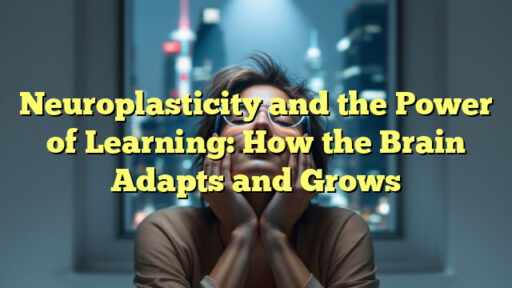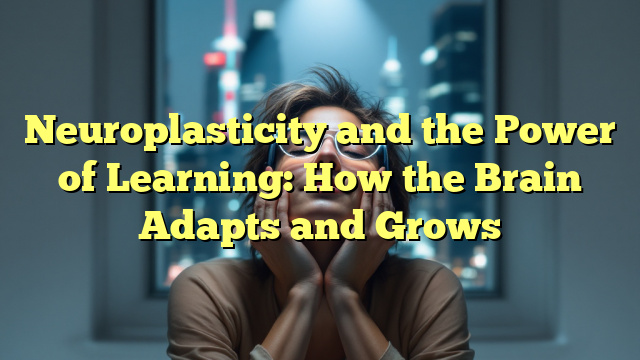Neuroplasticity, also known as brain plasticity or neural plasticity, refers to the brain's ability to reorganize itself by forming new neural connections throughout life. This phenomenon allows the brain to adapt and grow in response to learning and experience.
For many years, it was believed that the brain was a static organ, with its structure and function being fixed after a certain age. However, research in neuroscience has shown that the brain is actually highly adaptable and capable of changing in remarkable ways.
The Mechanisms of Neuroplasticity
Neuroplasticity occurs through a variety of mechanisms, including:
- Synaptic plasticity: The strength of connections between neurons can be altered in response to experience and learning.
- Neurogenesis: The brain can generate new neurons in certain regions, particularly in the hippocampus, which is involved in memory and learning.
- Brain reorganization: Following injury or disease, the brain can reorganize its structure and function to compensate for the damage.
The Power of Learning
Learning plays a crucial role in harnessing the potential of neuroplasticity. By engaging in challenging and stimulating activities, such as learning a new language, playing a musical instrument, or practicing a new skill, individuals can enhance their brain's ability to adapt and grow.
Research has shown that lifelong learning can help improve cognitive function, memory, and overall brain health. Additionally, learning new things can boost creativity, problem-solving skills, and emotional resilience.
Conclusion
Neuroplasticity is a fascinating phenomenon that highlights the brain's incredible capacity for growth and change. By embracing lifelong learning and new experiences, individuals can tap into the power of neuroplasticity to enhance their cognitive abilities, creativity, and overall well-being.
FAQs
What factors influence neuroplasticity?
Neuroplasticity can be influenced by a variety of factors, including genetics, age, environment, and lifestyle choices. Engaging in regular physical exercise, maintaining a healthy diet, and getting enough sleep can all help support neuroplasticity.
Can neuroplasticity be harnessed to improve recovery from brain injuries?
Yes, neuroplasticity can play a significant role in recovery from brain injuries. By engaging in targeted rehabilitation exercises and therapies, individuals can help the brain reorganize and create new neural pathways to compensate for damaged areas.
How can I incorporate neuroplasticity into my daily routine?
To enhance neuroplasticity, try incorporating new and challenging activities into your daily routine. This could include learning a new language, taking up a musical instrument, or practicing mindfulness techniques. The key is to keep your brain engaged and stimulated with novel experiences.
Unlock Your Mental Potential


